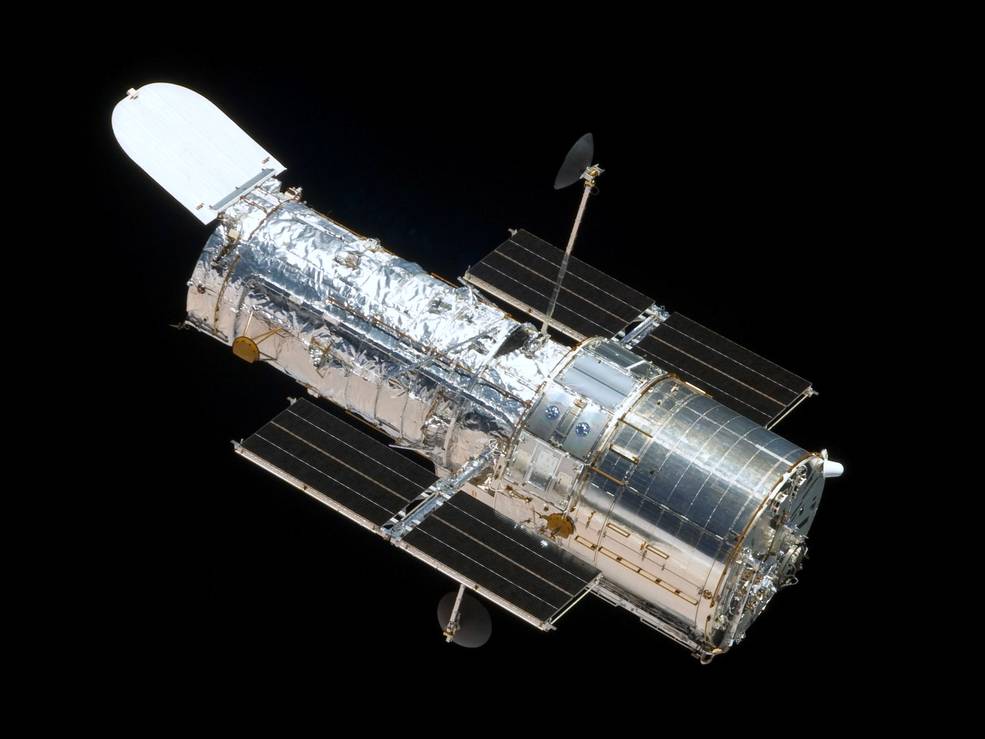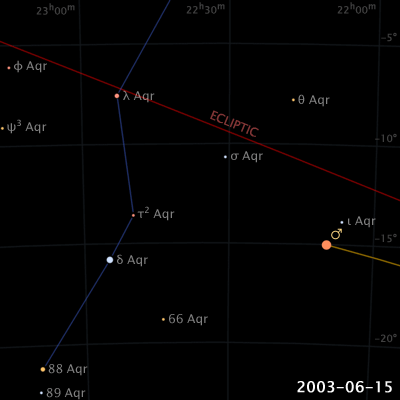When’s the right time grab your surfboard and hit the beach? High tides cause closeouts, which blocks a surfer’s path, and low tides cause slow-rolling waves, which are low frequency and high amplitude waves. Ideally, you want to surf during mid tide conditions. But first, what causes these changes in tide?
Tides are caused by the “differences in gravitational pulls of the Moon and Sun between near and far sides of the Earth,” (Pogge, 2007). However, the effect of the Sun’s gravitational pull on Earth’s tides are approximately 46% of the Moon’s effect on tides. This is because the Sun is 390 times further from the Earth than the Moon. Therefore, the difference of gravitational pull of the Moon from the near side to far side of the Earth impacts the tides the most. The effect is a “bulge” in Earth’s waters being pulled toward the Moon on the side in line with the Moon, or pushed away from the Moon on the far side of Earth. This causes high tide. High tide occurs every 12 hours as the Earth rotates 360-degrees in a single day. Additionally, since the Moon is orbiting the Earth, the times for high tides and low tides in a given location will change by 50 minutes every day.
During a New Moon or Full Moon, the tides are 20% higher in high tide regions and 20% lower in low tide regions. This is caused by the perfect alignment between the Moon, Earth, and Sun, causing extreme tides. Using “Rule of Twelfths” you can find the perfect time to go surfing.
In order to understand the “Rule of Twelfths,” we first need to understand the tempo of the tides. When the tide reaches the highest point, it slows down before changing directions into low tide. At its halfway point, the tides have reached its maximum speed. This maximum speed occurs two times a day as there are two high tides and two low tides in a day, approximately 6 hours apart from each other. In the first hour, the “water level rises by 1/12th of the total range,” (Carey, 2013) then rises by 2/12ths of the total tide in the second hour, then rises by 3/12th in the third and fourth hours, then 2/12ths the fifth hour, and lastly rises by 1/12th the sixth hour. The pattern is 1, 2, 3, 3, 2, 1. Clearly, during mid tide the rise is the fastest at 3/12ths in the third and fourth hours, which is how you can determine this is the best time to surf, avoiding closeouts from high tides and slow-rolling waves during low tides. Note that the “Rule of Twelfths” only applies to the semi-diurnal tide, a “tide having two high waters and two low waters during a tidal day,” which occurs in most locations.
To conclude, understanding the effect the Moon has on Earth’s tides during the day can allow someone to plan their perfect surf session. By applying the “Rule of Twelfths” to your understanding of the difference gravitational pull on Earth by the Moon, you can surf during ideal mid tide conditions.
References:
Pogge, Richard. “Lecture 20: Tides.” GPS and Relativity, The Ohio State University, 14 Oct. 2007, http://www.astronomy.ohio-state.edu/~pogge/Ast161/Unit4/tides.html.
“How Do the Moon and Sun Affect Tides and Surfing?” SurferToday, SurferToday, http://www.surfertoday.com/surfing/how-do-the-moon-and-sun-affect-tides-and-surfing.
“How Do the Moon and Sun Affect Tides and Surfing?” IndoSurfLife.com, 30 Sept. 2011, indosurflife.com/2011/09/how-do-the-moon-and-sun-affect-tides-and-surfing/.
Carey, Teresa. “Understanding the Rule of Twelfths for Tide Prediction.” Sail Magazine, 12 Apr. 2013, http://www.sailmagazine.com/cruising/understanding-the-rule-of-twelfths-for-tide-prediction.

















